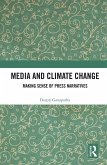
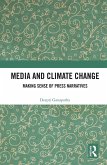
Broschiertes Buch
Making Sense of Press Narratives
25. September 2023
Routledge India / Taylor & Francis
| Gebundenes Buch | 215,99 € |
Gebundenes Buch
Making Sense of Press Narratives
30. November 2021
Routledge India
Ähnliche Artikel
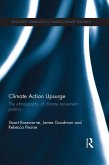
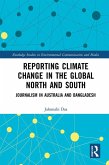
eBook, PDF
29. August 2019
Taylor & Francis eBooks

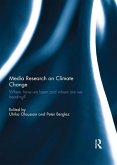
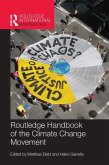
eBook, PDF
10. Januar 2014
Taylor & Francis eBooks


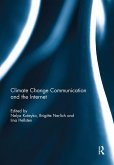
eBook, PDF
16. Mai 2019
Taylor & Francis eBooks

Ähnlichkeitssuche: Fact®Finder von OMIKRON
